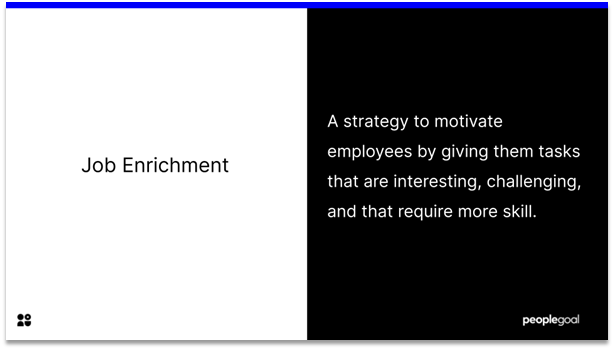Feedback is an integral part of an organization’s continuous improvement and an individual’s professional development. Providing feedback is an ongoing task. You must let your employees know where they are, where they need to go, what they are doing well and what they are doing not so well. Constructive feedback fosters a culture of development.
It increases the employee’s self-awareness, helps to improve morale and reduces confusion regarding expectations. This doesn’t mean solely giving positive feedback on their great job! Providing negative feedback in a tactful manner is just as, if not more, important. However, negative feedback given the wrong way often leads to employee disengagement, reduces morale and gives insufficient guidance on how to improve and change.
The objective behind giving effective feedback is to provide guidance to an employee. Guidance can support productive behaviour or realign problematic performance to successful performance. Lets get straight to the point and look at the principles of effective constructive feedback.
Constructive Feedback Principles

1. Be Specific
Identify the key areas and actions where the employee excelled or performed poorly. Make sure the comments you give are clear and to the point. Regardless of whether it’s positive or negative, feedback should be given in a straightforward manner. Specific constructive feedback leads to greater opportunity to learn.
2. Be Positive
Recognition is important! Most people need encouragement and to be told when they are doing something well. It’s common for individuals to emphasize the negative and to focus on the issues more often than successes. In a rush to criticize, we may overlook the things we liked. If the positive is registered first, any negative is more likely to be listened to and acted upon.
3. Offer Autonomy
Feedback which is heavily imposed can result in resistance to change. The best comments offer people a choice: whether to act on the feedback or not. This allows the employee to maintain autonomy over their behaviour whilst offering the opportunity for development. In the case of a manager, offer your employee an example of how you overcame a similar problem. Where necessary, let them bring their own ideas for what they could do differently.
4. Observation, not Inference
Inferences are the assumptions and opinions that you formulate about an individual. Observations are objective and are the result of clear, logical reasoning. Basing feedback on inferences is particularly detrimental and can lead to a breakdown of relationships between manager and employee. Try to be as objective as possible and show that you’ve carefully considered your feedback points. You’ll see greater respect and weight given to your opinion.
5. Use Descriptive Language
Describing behaviour is a feedback method which is useful when trying to identify a range of positives or negatives. This is beneficial and allows for a healthy discussion. On the other hand, using evaluative language can be dangerous. Using language like ‘right’ or ‘wrong’ engenders a “black and white” culture which is too rigid may make the employee respond defensively. Avoid using ‘need to’ phraseology; it is an implicit note to the individual that they did something wrong. But it doesn’t offer any guidance or explicit information on where they went wrong.
6. Avoid Feedback Overload
Constructive feedback shouldn’t be overbearing. Remember, it should follow a cycle and there will always be another opportunity to offer constructive feedback. For each meeting select two or three main points to offer feedback on. If you give too many comments in one feedback session the employee may become disengaged, or even confused with the overwhelming wealth of information.
Constructive feedback has a range of benefits. As a manager, you continue to develop a working relationship with your employees whilst also providing guidance for their work. For the employee, constructive feedback helps continuous professional development, motivation and engagement. To find out more about feedback read our Essential Guiide to 360 Feedback or in case you are an employee struggling to provide feedback to your manager we have your back as well.
Ready to 3x Your Teams' Performance?
Use the best performance management software to align goals, track progress, and boost employee engagement.





